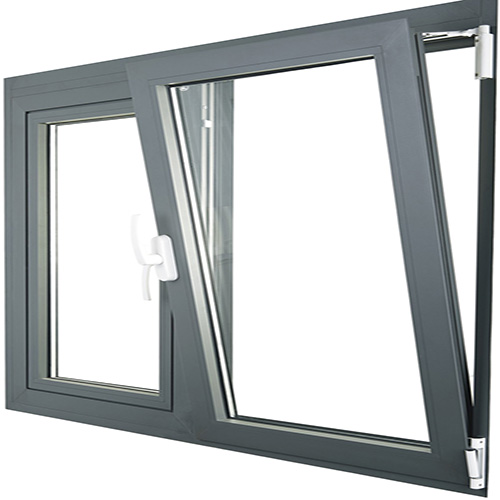Fiberglass Awning Windows: Comprehensive Guide for Modern Homes
What Are Fiberglass Awning Windows?
Fiberglass awning windows are top-hinged, outward-opening units engineered for ventilation, weather resistance, and energy efficiency. Constructed from fiberglass—a composite of glass fibers and resin—these windows outperform traditional materials like vinyl or aluminum in durability and thermal performance. Ideal for humid areas like bathrooms or coastal homes, they provide controlled airflow and moisture resistance while minimizing heat transfer.
Production Process & Material Benefits
High-performance fiberglass windows are crafted by extruding resin-bonded fiberglass strands into rigid, lightweight frames. This method allows for slim profiles and expansive glass areas, unlike bulkier vinyl awning windows. Fiberglass resists warping in extreme temperatures and won’t corrode in salty coastal air, a key advantage over aluminum windows. Customizable shapes and sizes make these units adaptable for residential and commercial projects.
Types and Technical Specifications
Durable fiberglass awning windows are categorized by:
- Operation: Manual crank or push-out mechanisms.
- Glazing: Single, double, or triple-pane options with Low-E coatings for UV protection.
- Dimensions: Standard widths (12”–48”) and heights (12”–36”), with custom sizes available.
Optional upgrades include tempered safety glass or argon gas insulation, enhancing security and energy savings.
Top Applications and Use Cases
Energy-efficient awning windows thrive in environments requiring airflow management and weatherproofing:
- Coastal Properties: Resistant to saltwater corrosion.
- Sustainable Buildings: Thermal-resistant frames reduce HVAC strain.
- Modern Architecture: Sleek designs maximize natural light.
For basement or kitchen installations, their moisture-resistant properties prevent mold growth.
Fiberglass vs. Competing Materials
- Vinyl Windows: Fiberglass offers superior structural integrity and a 50+ year lifespan.
- Aluminum Frames: Unlike conductive aluminum, fiberglass minimizes condensation and heat loss.
- Wood Windows: Eliminates seasonal maintenance like repainting.
Installation Tips and Long-Term Care
Professional installation ensures airtight seals and optimal performance. Key steps include:
- Precise measurement of rough openings.
- Silicone caulking to block water infiltration.
- Annual hinge and hardware inspections.
Low-maintenance fiberglass requires only occasional cleaning with mild soap—no repainting or repairs.
Why Invest in Fiberglass Awning Windows?
With a lifespan exceeding 50 years, these windows reduce energy costs and boost property value. Their resistance to UV rays, pests, and extreme weather makes them a sustainable alternative to traditional materials.
Final Considerations
Whether upgrading a beachfront home or prioritizing eco-efficiency, fiberglass awning windows deliver unmatched longevity and performance. Explore custom configurations like Low-E coated or tempered glass options, and partner with certified installers for seamless integration.

